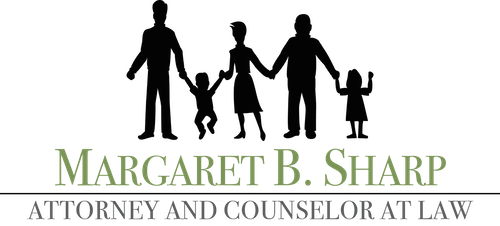LIMITED SCOPE REPRESENTATION
FULL SERVICE REPRESENTATION
NEWSLETTER SIGN UP
NEWSLETTER SIGN UP
Common Planning Mistakes
A person’s estate plan usually consists of a revocable living trust, a pour-over Will, advance directive for health care, durable power of attorney for property management, and appropriate funding documents which include assignment of the person’s tangible personal property and transfers of real property and other significant assets to the trust.
The living trust is considered by most clients to be their basic plan for administration of their assets during their lifetime and distributing their wealth to their loved ones on their death. Much time and thought is given to how such wealth should be distributed to children, grandchildren, and charities. The living trust reflects the person’s values and desires for their children’s future.
MISTAKE 1: NOT UPDATING OLD DESIGNATED BENEFICIARY FORMS
Held outside of the trust, however, are important assets which will NOT be distributed according to the terms of the living trust. Such assets may be a large part of a person’s estate such as an IRA, other qualified retirement asset, annuities, and life insurance.
The reason these assets will not be distributed according to the terms of the living trust is that upon the death of the owner, the assets pass to whomever is identified on the company’s designated beneficiary form. Old designated beneficiary forms, either from a time when the participant was not married, had no children, or for some other reason, supersede the newer estate planning documents even though the newer documents may reflect the participant’s current wishes with respect to such property. This is particularly true for persons who are divorced and who may have the ex-spouse identified on an old designated beneficiary form.
In some cases, the designated beneficiary forms are missing or left blank, and if not found or filed with the company or retirement plan custodian before the participant’s death, may result in the plan assets being paid to the participant’s estate, which means that it is subject to probate before being distributed under the terms of the owner’s pour-over Will. In the case of retirement plans, the assets will be subject to income tax and estate tax, if applicable.
MISTAKE 2: NOT NAMING CONTINGENT BENEFICIARIES
What if the person who is named as your primary beneficiary dies before you do? It can happen. Even if that person is younger than you. As mentioned before, if no one is named on the form, the assets are paid to the person’s “estate” meaning that is goes through probate and is distributed according to the terms of the Will, if there is one, or to the plan for intestate succession found in the California Probate Code.
MISTAKE 3: NAMING MINORS AS BENEFICIARIES
Persons who are legally incapacitated may not hold title to property. This includes minors and adults who are mentally or physically incapacitated so that they cannot give prompt and reasonable attention to their financial matters.
Designating minor children as beneficiaries will result in need for the surviving parent of the child to get a court ordered guardianship of the child’s estate established so that the life insurance company or retirement plan custodian can distribute the asset to the guardian for the benefit of the minor. This is an expensive and time consuming event which can be avoided with careful attention to naming the designated beneficiary. Moreover, the assets so distributed are held until the child reaches age 18 years when they are turned over to the child to do with as he or she pleases. I have not yet had a client who thought giving an 18 year old a large sum of money was a good idea.
MISTAKE 4: NAMING LIVING TRUST AS DESIGNATED BENEFICIARY OF IRA
Although the living trust should hold title to most of a person’s assets, it should NOT be the owner or the designated beneficiary of an IRA or other qualified retirement plan.
As you know, one of the main benefits of having assets in an IRA is that the income earned is not subject to income tax at the time it is earned, rather it is taxable only when it has been distributed to the plan participant, usually during the participant’s retirement when his or her tax bracket is lower than when the participant was actively part of the workforce.
If the ownership of the IRA or retirement plan is changed from the participant to the participant’s living trust, the entire value of the retirement account is subject to immediate taxation. There may even be an additional penalty if the participant was younger than 59 2.
Likewise, if the retirement plan’s designated beneficiary is a trust (and not a living and breathing human being) then all of the deferred income taxes on the entire value of the retirement plan is due and payable upon the participant’s death and the plan assets are includible in the participant’s gross estate for estate tax purposes.
When should you review your financial data and designated beneficiaries? Whenever you:
1)Establish a new estate plan;
2) Change an existing plan;
3) Divorce;
4) Marriage or re-marriage;
5) Birth of a child or grandchild; 6) Death of a parent.
The post Common Planning Mistakes appeared first on Sharp Estate Planning.

